This post, and many that will follow, are going to deal with motorcycle riding safety tips that everyone will benefit from. Some of you may never have thought about some of these things. Some of you already knew them and some of you have forgotten them. Regardless…There’s good stuff in here for all motorcyclists. Take a few moments to read through it. Something in here just might save your life someday.
In a previous post I discussed some advanced riding techniques. In particular it was a feature on riding in inclement weather. It quickly became the most-viewed article on this web site and prompted requests for more similar features.
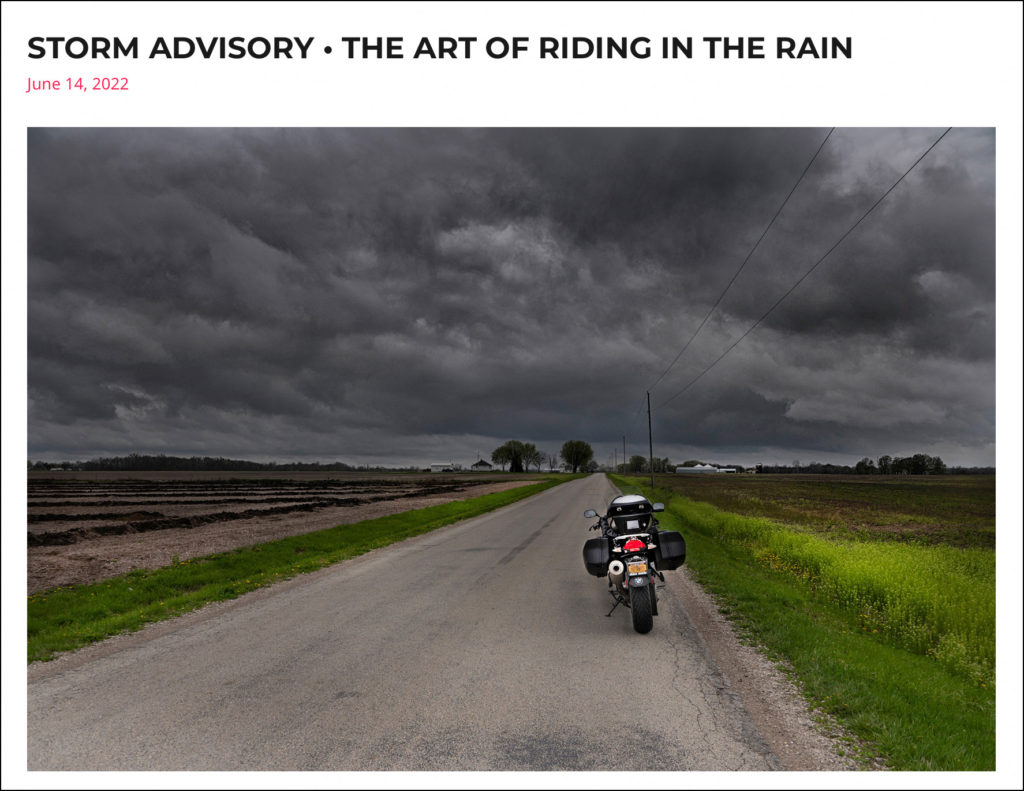
I’m a firm believer that one must master the fundamentals before you take on more difficult challenges. It’s something that I expounded upon many times in my career as a professional photographer and photographic educator. It dawned on me that the same type of advice holds true to motorcycle riders. I’ve learned a lot in nearly four decades of riding. Some from reading, some from listening and observing. A lot through professional instruction and most from experience. More than a quarter million miles in the saddle can’t be relayed in a single blog post, so this will be the first of many to follow. My sincere wish is that someone, somewhere, someday will benefit from my writings. Let’s get rolling.
Rules To LIVE By
I took a one-on-one safety and riding techniques course with an MSF (Motorcycle Safety Foundation®) instructor when I first started riding. That was nearly four decades ago. I highly recommend this as absolutely one of the finest sources of motorcycle riding safety tips out there. To this day I remember two very important things that my instructor told me. They have served me well and have kept me out of harms way for a very long time. Today I refer to them as my rules to LIVE by. If you read nothing else please read and remember these two truths:
Rule Number 1. Make believe you are invisible. Because you basically are. Motorcycles have a very small profile. The other vehicles we share the road with simply don’t see us. Even when they do, they don’t perceive us as a threat.
Rule Number 2. Always assume that any vehicle you’re sharing the road with will do the stupidest possible thing that you can imagine they might do. They generally won’t let you down.
That’s it. Those two things…if taken to heart, and focused upon every time you get behind the handlebars…will probably be enough to keep you out of serious trouble for a very long time. Of course there are so many more things to take into account and we’ll start exploring some of them now.
Statistically Speaking
According to The National Highway Traffic Safety Administration (NHTSA) 52 percent of all car accidents occur within a five-mile radius of your home, and 69 percent of all collisions happen within a 10-mile radius of your home. That’s a statistic that’s pretty simple to come up with, don’t you think? After all, it doesn’t matter where you’re heading. You could be running up to the local market, going out for a day ride with some friends, or heading out on a road trip for thousands of miles. No matter where you’re going you’re starting from home. You’ll travel most of the miles in your life (on two wheels or otherwise) close to your home.
In addition to this pure statistical probability, research has shown that experienced riders (and drivers) are more vulnerable to an accident near home simply because they have been driving the route a long time and may pay less attention. Keep this fact in mind the next time you roll away from your home. Instead of relaxing into that familiar comfort zone when you head out, use those first few miles to get yourself dialed in to the motorcyclist’s mindset of being focused on everything for the entire ride ahead.
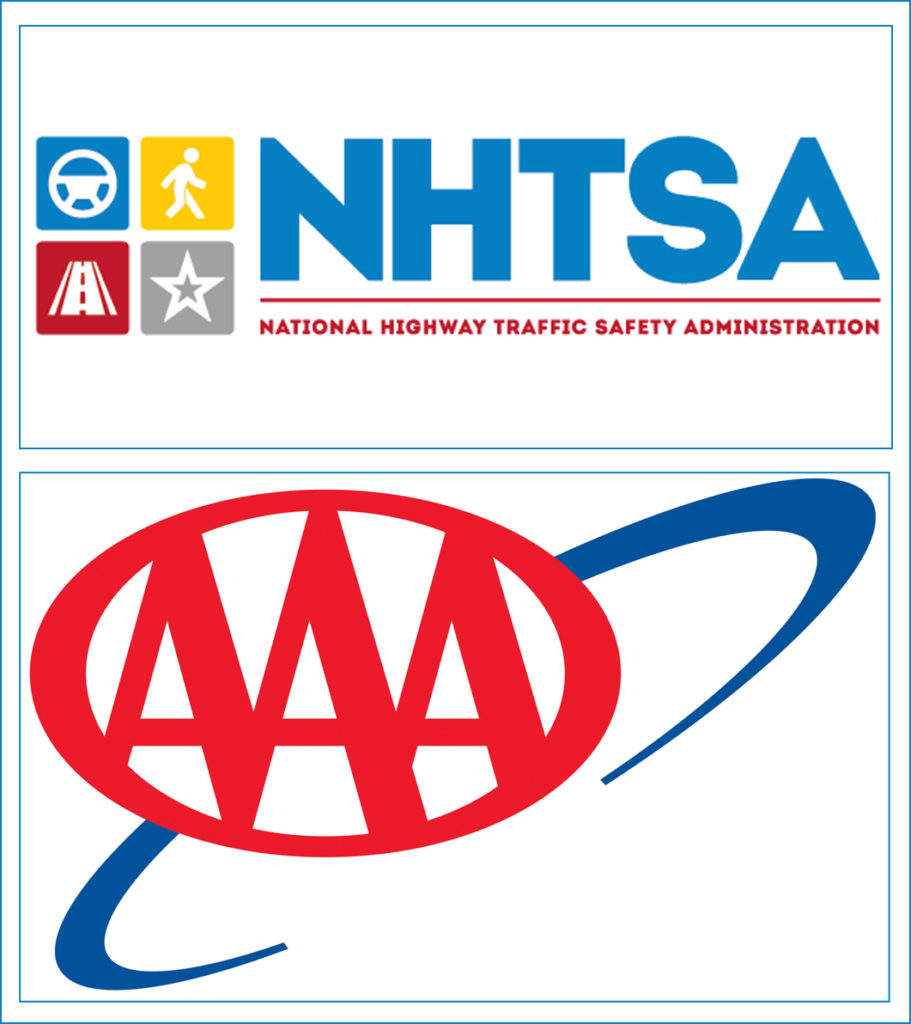
You’re On Your Own
Here are a few tidbits that may surprise you. They surprised me. Substantially more than half of the motor vehicle accidents in the USA (close to 60% in fact) are single vehicle accidents. No other vehicle involved! According to John B. Townsend of AAA “…a multitude of driver errors and other risk factors, including intoxication, inattention, distraction, drowsiness, speed, adverse weather, plus overcorrection of the vehicle and, ironically, even crash-avoiding maneuvers…” were involved.
In the motorcycling world, however, those numbers shift dramatically. Only 25% of motorcycle crashes are single vehicle incidents. Given the fact that motorcycles are inherently more susceptible to incidents involving road hazards (debris, wildlife, aggressive domestic pets, oil spills, grass clippings, potholes, loose gravel, etc, etc…the list goes on and on) it could be deduced that motorcyclists are a much more skilled, responsible, and focused group of motor vehicle operators.
The Sobering Facts
The problem with the aforementioned facts is that a completely different set of statistics exist for bikers. Three quarters of all motorcycle crashes involve collisions with another vehicle. A staggering one fourth of all motorcycle crashes involve cars making left turns across the motorcyclist’s path of travel.
When a motorcycle goes one-on-one with another vehicle the motorcycle always loses! Period. End of story. It doesn’t matter who is at fault. It doesn’t matter who had the right of way. It doesn’t matter if you have the best attorney in the world. It doesn’t matter if the other vehicle has a great insurance policy, or no insurance at all. The motorcycle loses!
At the risk of being redundant I’m going to repeat my “Rules To Live By”…
Number 1. Make believe you are invisible. Because you basically are. Motorcycles have a very small profile. The other vehicles we share the road with simply don’t see us. Even when they do, they don’t perceive us as a threat.
Number 2. Always assume that any vehicle you’re sharing the road with will do the stupidest possible thing that you can imagine they might do. They generally won’t let you down.
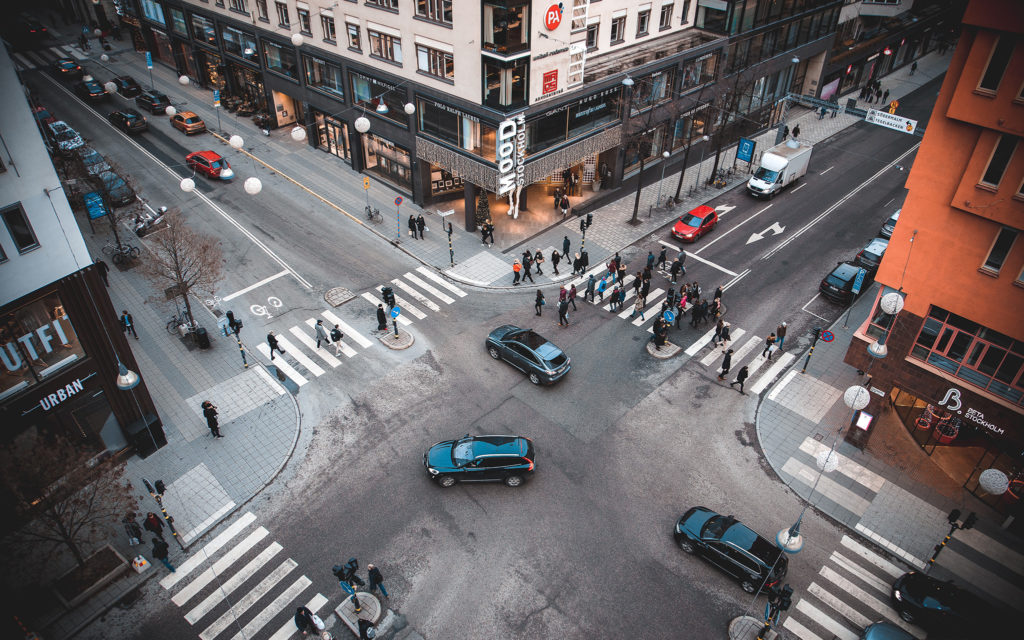
Intersections
From the aforementioned statistics you can naturally deduce that intersections are the spots where motorcyclists must be most vigilant. Inattentive drivers with poor driving habits, bad judgement or simple disregard for the welfare of others become special threats at intersections. Remember: 25% of all motorcycle accidents involve a vehicle negotiating a left turn into the path of an oncoming bike.
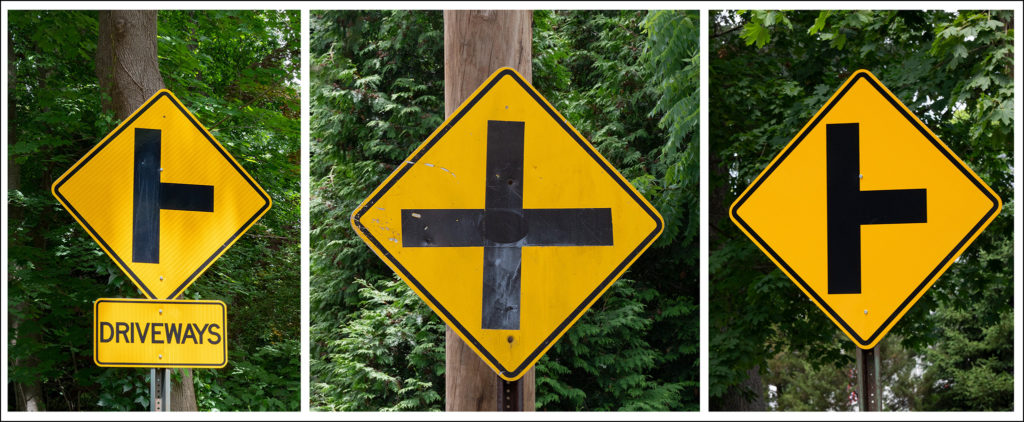
If a municipality has gone to the trouble and expense of placing these signs, you can be pretty sure there has been an incident here before. Exercise caution.
All intersections are not created equal. Not every one is going to be two distinct thoroughfares controlled by traffic lights, stop signs, yield signs and/or pavement markings. Intersections exist everywhere that vehicles can potentially meet and cross paths. Some of the most dangerous ones you’ll encounter hardly meet most people’s definition of an intersection.
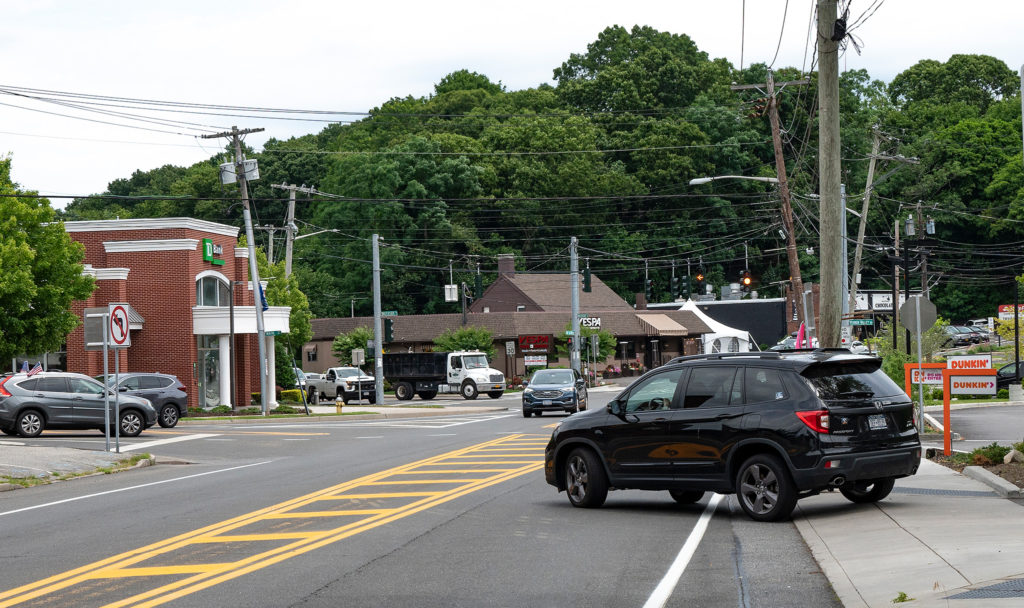
Entrances and exits to shopping centers can be as hazardous as major intersections
Some such intersections include entrances and exits to municipal parking lots, shopping centers, gas stations, professional buildings, drive-thru restaurants, etc, etc. Even private driveways, by definition, are intersections. Intersections are everywhere and, as one of the greatest threats to a two-wheeler, they all warrant special attention by riders.
Speed Kills
The best way to avoid becoming an intersection statistic is to slow down a bit. In a previous post about riding in the rain I spoke of my 80% rule. I can’t allot the space to repeat it here, but highly recommend that you go back and give it a read.
Most motorcyclists enjoy the thrill of navigating a powerful machine at speeds that evoke a certain sense of “living on the edge”. In my book Roadwork: Images and Insights of a Modern Day Explorer I stated…
Is “the danger factor” part of the attraction of motorcycling? I suppose it is. I think everyone is an adrenaline junkie on some level. You will never find me voluntarily jumping out of a perfectly good airplane with a parachute attached to my body. Nor will I strap a tank of oxygen on my back and descend to depths of the oceans that were meant only for habitation by primitive creatures equipped with gills. Ski the Alps? Base jump from Angel Falls in Venezuela? Climb Everest? Trade cryptocurrency? Nope. Not for me.
But ride a motorcycle, alone, hundreds of miles in torrential rain or sub-freezing temperatures? I’m in. Everyone has their own idea of what constitutes “crazy”. Some of my closest friends as well as my dear, departed Mother have labelled me as crazy for pursuing this activity. I’m not going to attempt to justify it or attempt to make you understand. You either get it or you don’t.
“Those who were seen dancing were thought to be insane by those who could not hear the music”.
– Friedrich Nietzsche
Back Off
I think we can all agree that we’re all a little bit crazy to engage in this two-wheeled pursuit of ours, but we also need to acknowledge the part that speed plays in our own personal safety. There’s a time and place for everything. Around town, where you’re constantly exposed to the hazards that intersections present, is not the time to be luxuriating in the euphoria brought on by speed! This is the time when you really need to put those motorcycle riding safety tips to work.
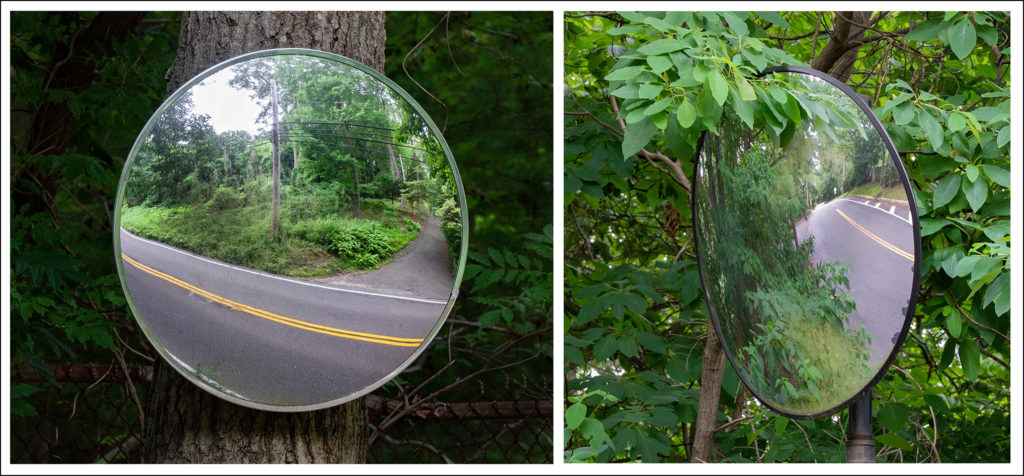
Those convex mirrors you see on the side of the road are clear signs that someone ahead can not see you approaching. Be vigilant!
Slow down at intersections…even if it doesn’t seem like you need to. It’s a good habit to get into and it should be every motorcyclist’s mission to develop good habits. Another sobering fact: 80% of all of those left hand turn motorcycle accidents never would have happened if the bike had been traveling just 5 MPH slower!!!
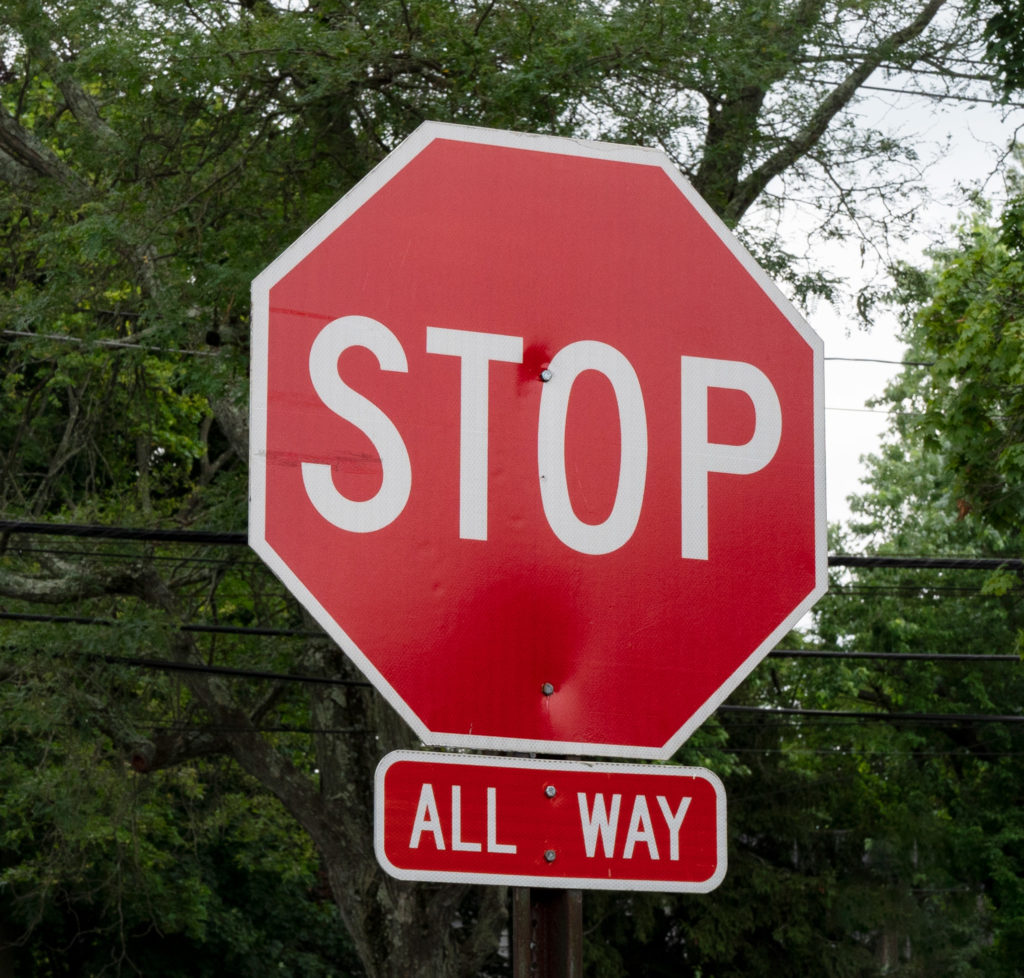
Don’t use this sign as a cue to roll on through. Chances are the other driver is thinking exactly the same thing!
Accident Avoidance Techniques
Along with slowing down there are two things you need to be proficient with at intersections. The first is emergency braking technique. The second is swerving to avoid a collision. I would argue that swerving is a “last resort” technique that one should only employ if it is impossible to bring the bike to a safe emergency stop. Stopping should ALWAYS be considered the preferred solution in an accident avoidance scenario.
Don’t count on ABS to save your hide. It’s true that ABS can help you come to a quick stop on a slick surface, but the highest braking efficiency actually exists at the point just before your ABS system activates. The absolute best motorcycle riders may never find their ABS systems kicking in, but it’s nice to know it’s there if you need it.
Practice Makes Perfect
Emergency braking and swerving are techniques that should be properly learned and practiced regularly. I highly recommend that all riders take a Motorcycle Safety Foundation® basic skills course with a qualified instructor to learn to perform these maneuvers properly. Just this year I repeated the appropriate MSF skills course again, and discovered a lot of bad habits that I had fallen into over time. You must practice these survival techniques on a regular basis so that they become the good habits that kick in instinctively in real emergency situations.
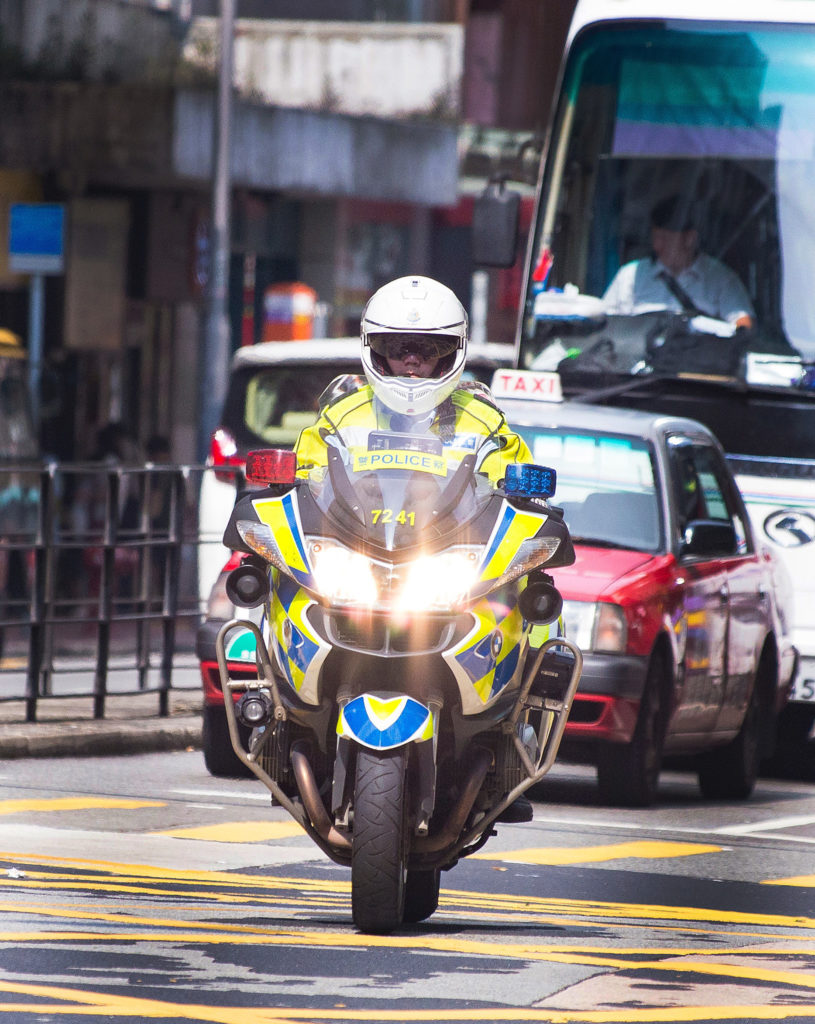
Professional instruction and constant practice make motorcycle officers some of the best riders in the world
At least once a week I visit a local municipal parking area at a quiet time, and practice braking, swerving and low speed maneuvers for a few short minutes. Don’t think you need to do this? Embarrassed what your riding buddies might think about that? Invite one of them along with you. Nothing like a little peer pressure to make you perform your best…or at least perform better than the other guy. Go ahead, Tough Guy. I challenge you to confront the fact that your skills might not be as strong as you think they are . Do this! You’ll both become better riders for your effort.
See And Be Seen
One of the best motorcycle riding safety tips I can offer is to be looking at least 8-10 seconds ahead when traveling at a prudent speed. That doesn’t mean simply looking that far down the road, but really observing what’s going on 8-10 seconds ahead of you. When in an area where there exists the potential for other vehicles to enter from the right, I assume a position in the left track of my traffic lane. For starters it gives the other operator a better chance of seeing your approach. More importantly you have established a larger buffer zone from the possible collision that will occur if they do the stupid thing that you’re expecting them to do.
When the main threat might be a vehicle approaching from the opposite direction making a left turn in front of me, I might move to the right track of my traffic lane. It gives a bit more of a buffer zone in the event the vehicle starts to execute the dangerous move. Also your simple move from the left track to the right track of your lane might be just enough of a motion to get Bonehead’s attention and become aware of your presence.
Come Out Of Hiding
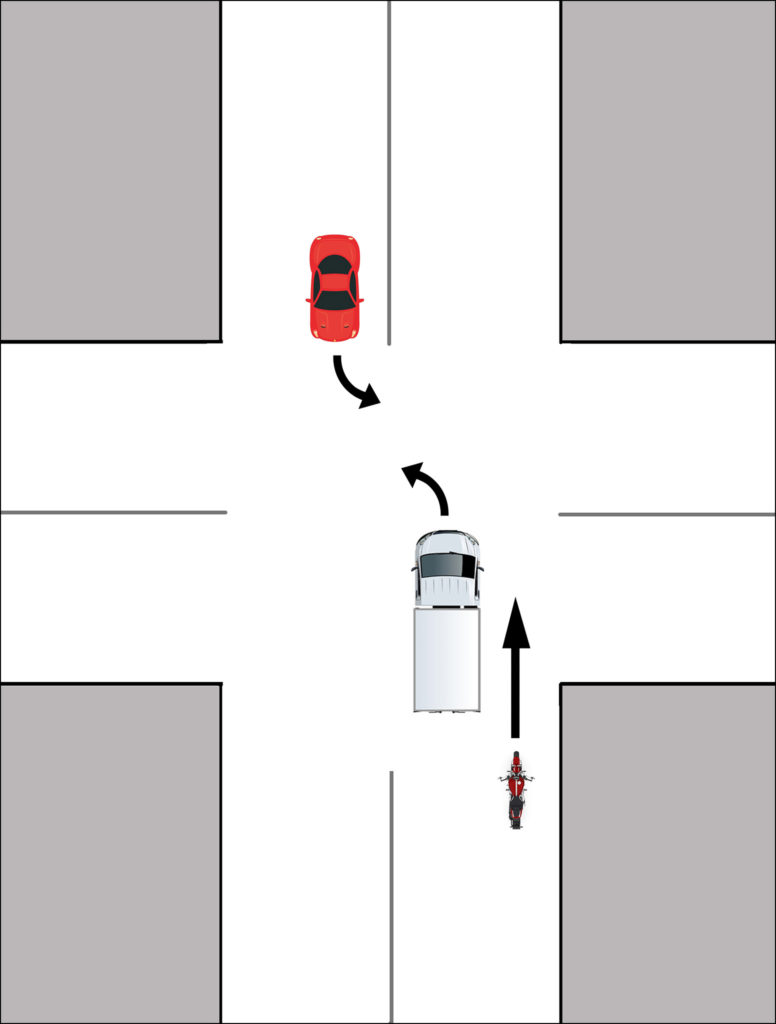
In this scenario the motorcyclist is invisible to the oncoming car turning left. Don’t allow yourself to be hidden behind trucks, buses or any other vehicles!
Doing everything you can to be seen also means actively avoiding things that can hide you. Keep your distance from, and stay clear of, vehicles that prevent you from being seen. This is especially true of high profile vehicles such as trucks, buses and large SUVs. Anything that keeps you from being seen by an upcoming potentialy-hazardous opponent should be avoided like the plague. Many of those left turn motorcycle accident victims (as well as many that get struck from the right side) were following too closely behind a truck, bus or SUV to be seen by the upcoming offender. If you can’t see the upcoming enemy, they can’t see you! Lay back a bit.
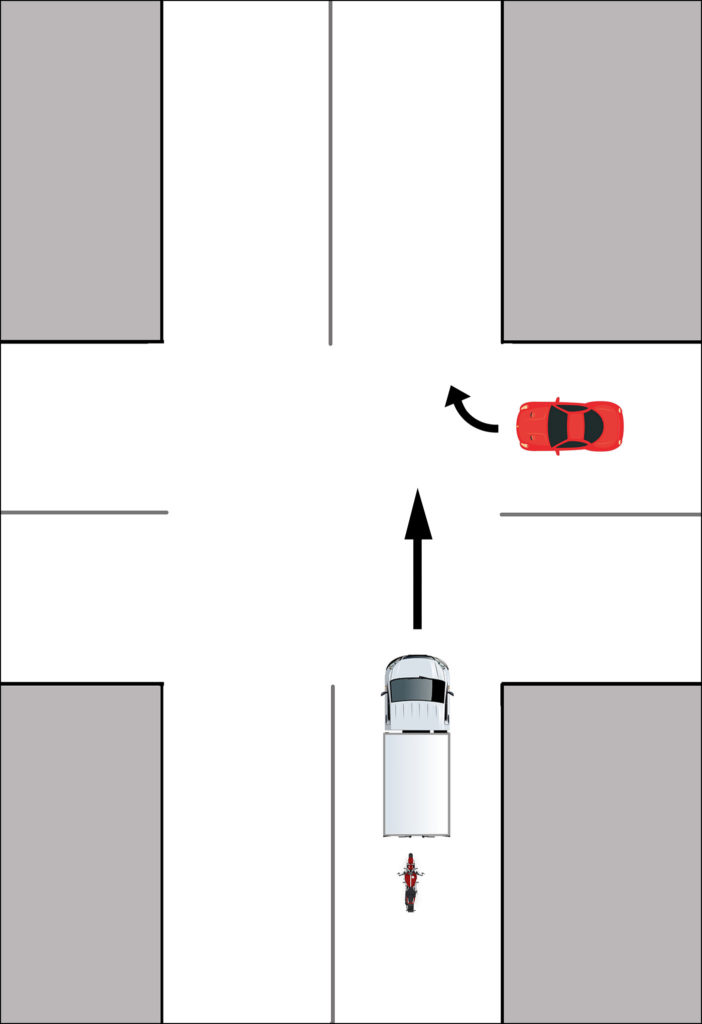
In this case the motorcyclist can’t be seen by the car waiting to make a right turn. Following too close to the vehicle ahead effectively makes you invisible in this unfolding threat.
Be extra vigilant when the bright sun is at your back because that means it’s in the eyes of the drivers in oncoming traffic. Motorcycles are hard enough to spot as it is. Being blinded by the sun makes matters much worse. You are truly invisible to motor vehicles who are driving into a blinding sunrise or sunset.
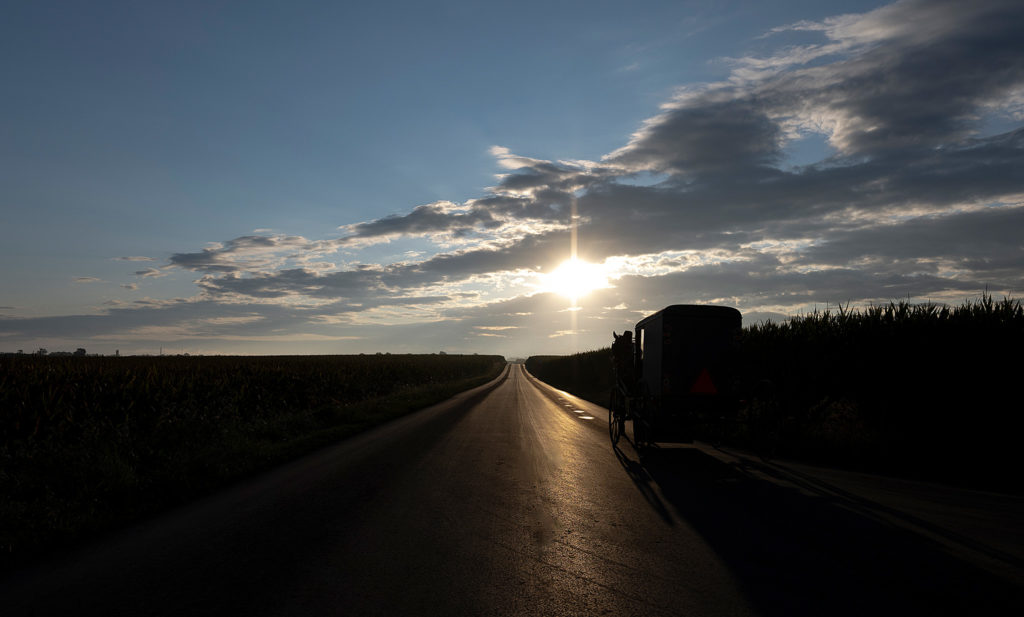
This large horse and buggy are barely visible through the glare of the sun. A motorcycle would disappear in this scene. Pay extra attention when oncoming traffic is facing the sun.
Motorcycle Riding Safety Tips • Conclusion
We’re going to wrap up this post for now. In the next installment we’ll give you some more motorcycle riding safety tips on being visible (including riding apparel choices, auxiliary lighting systems and the age old argument about whether or not loud pipes save lives). These subjects will be sure to stir up some controversy but, as always, will be documented with facts. In the meantime we encourage your comments below and urge you to subscribe to Roadcraft USA to receive notifications about special offers and new blog posts. Ride safe, everyone!
Click Here to view an interactive visual index page where you can quickly browse through all of the great features that are published on the Roadcraft USA blog.

